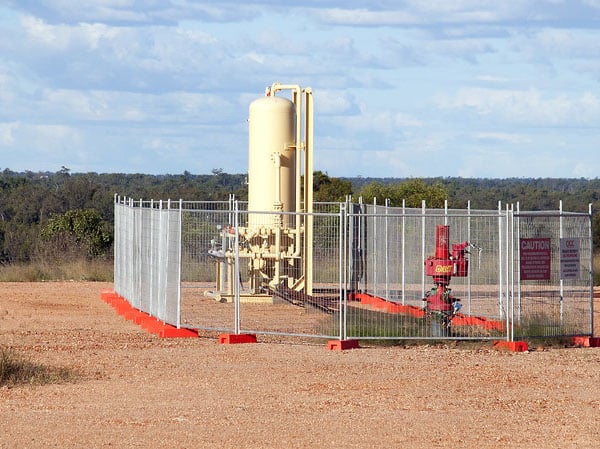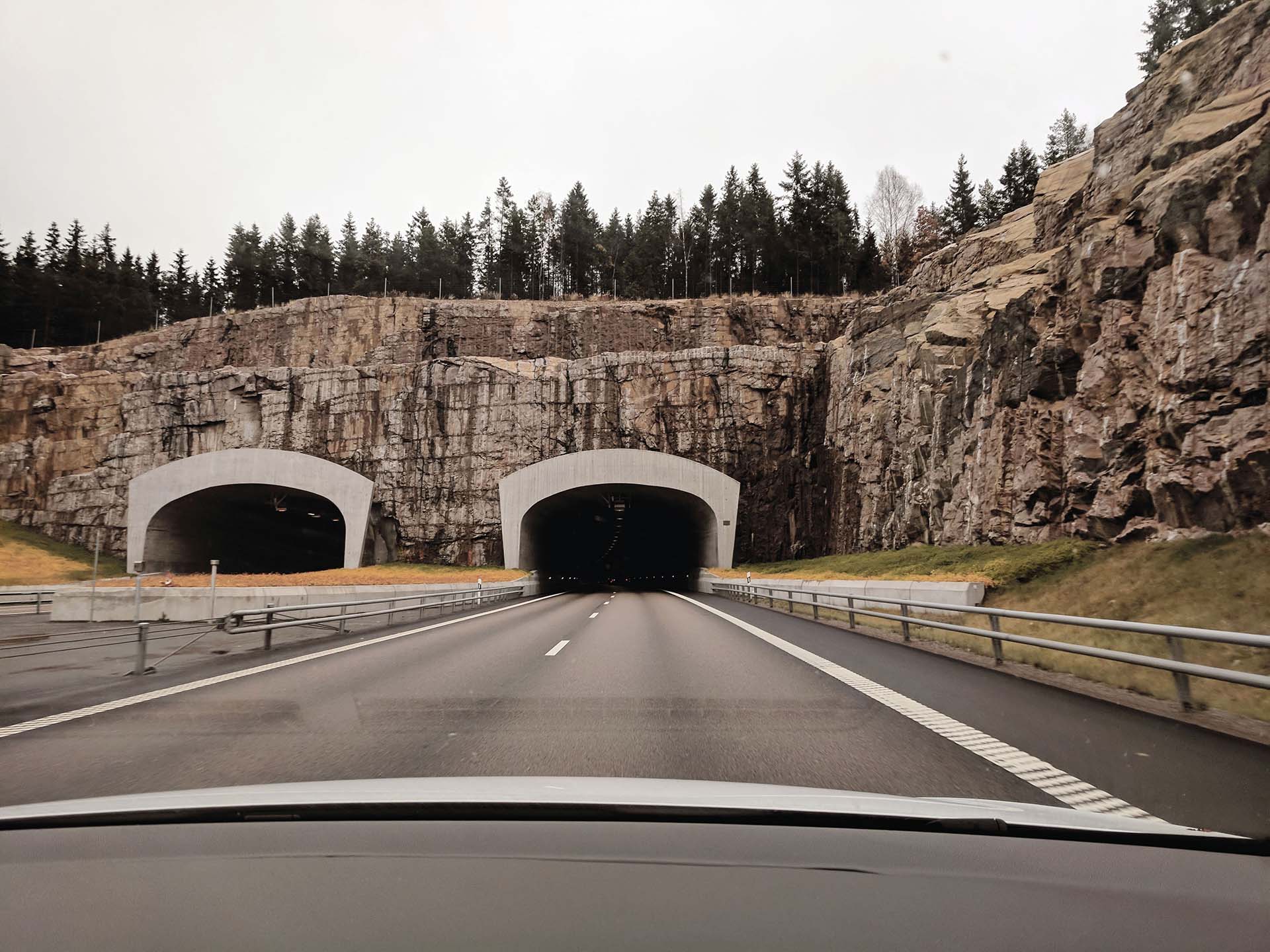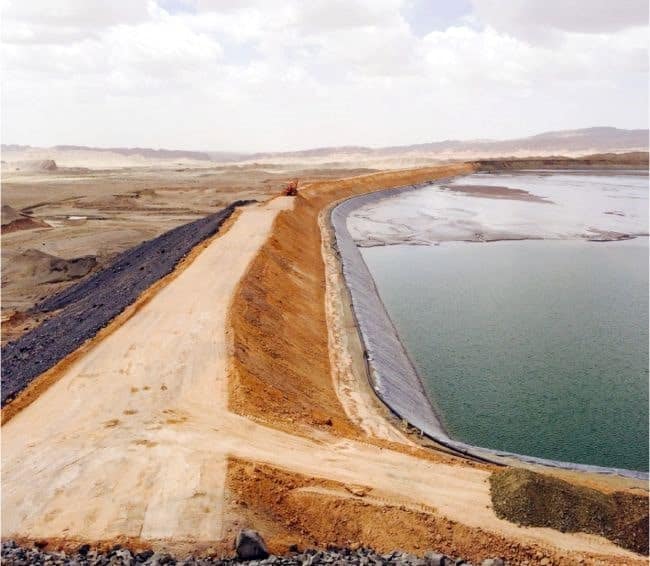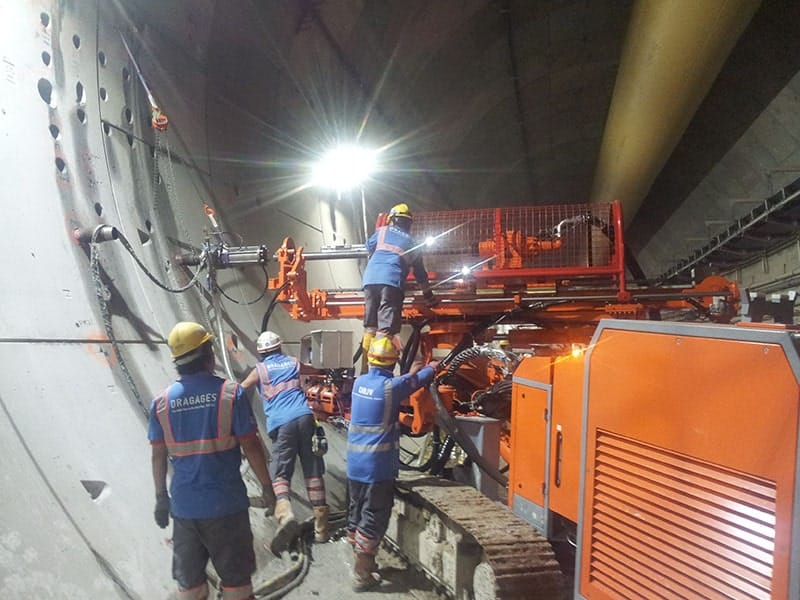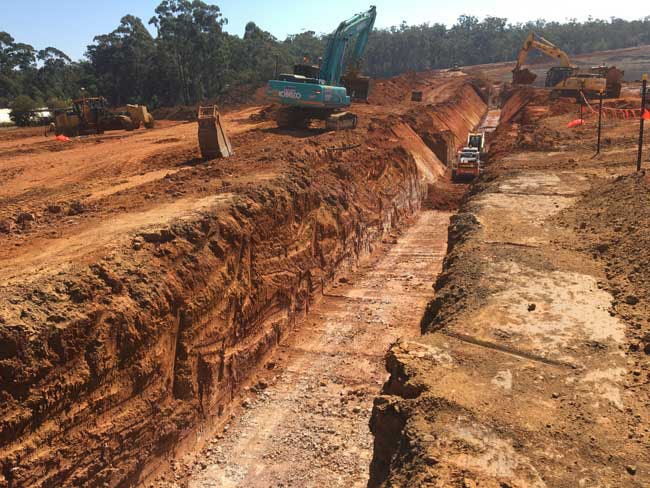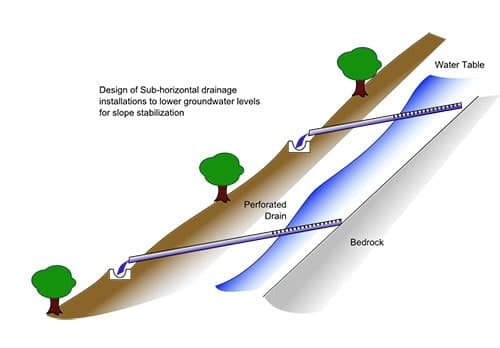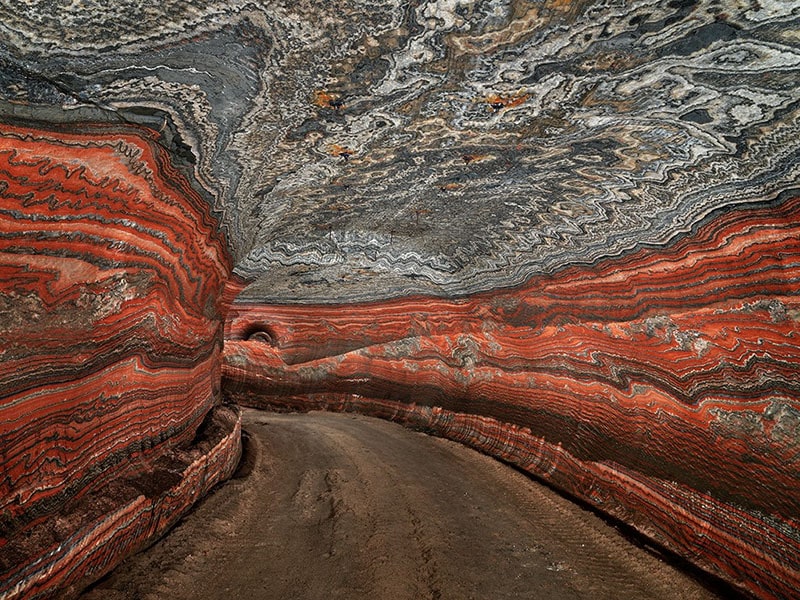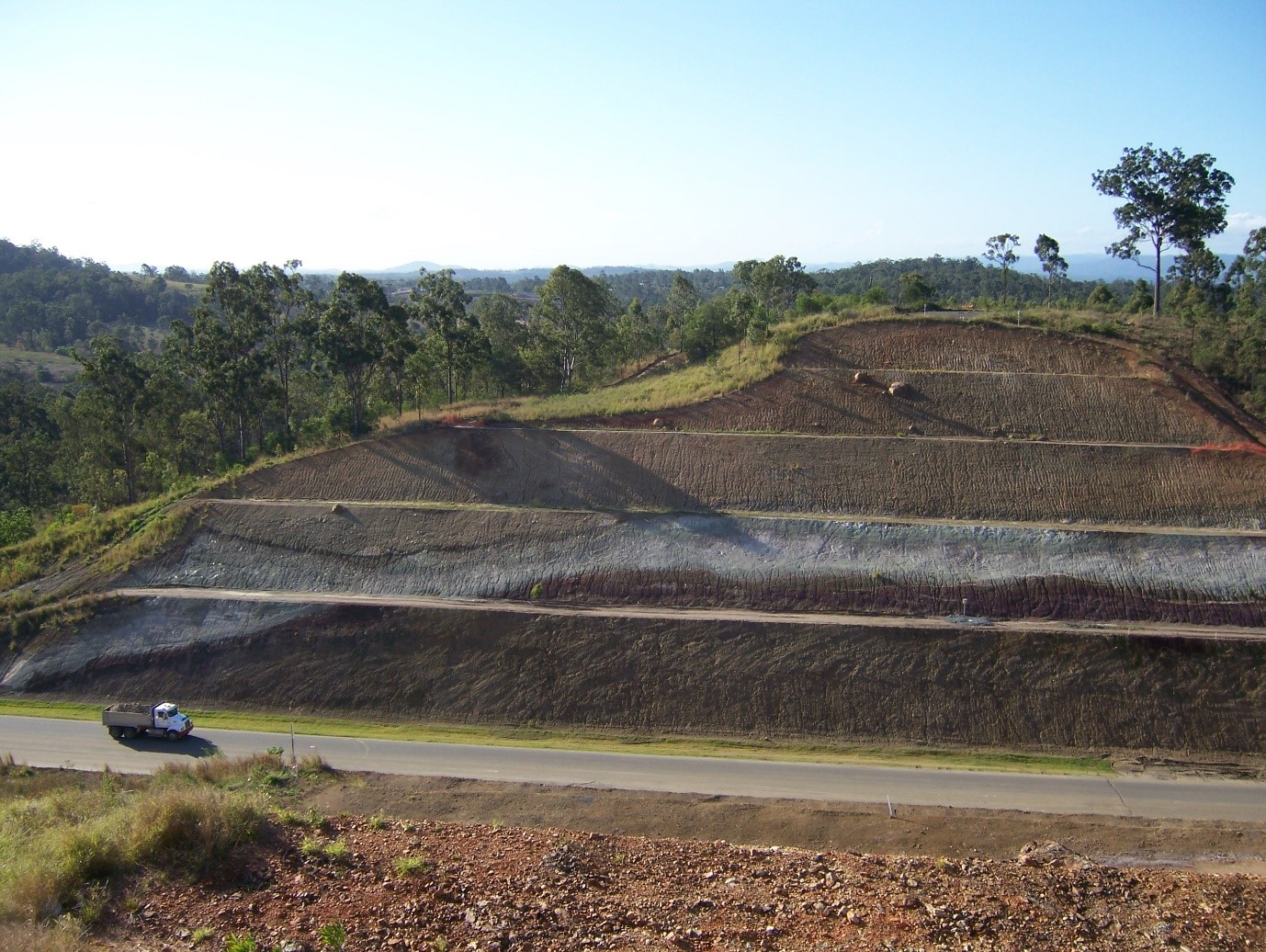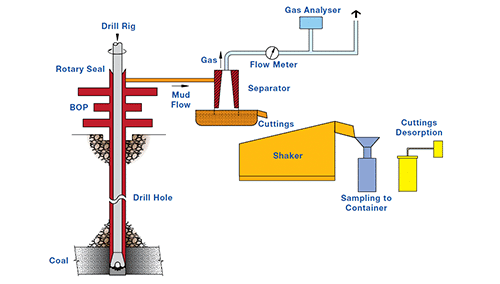Background
Stresses in rock and the rock material properties control how rocks will deform. This extends from elastic behaviour up to strength-based failure and the deformation thereafter. In some cases, such as tunnels, major deformation must be minimised, while in others, such as block caves, failure with large movement is essential or the mining process will not work.
Knowing the rock stresses and the material properties is extremely important in any rock mechanics design. This document describes the methods used by Sigra in rock stress measurement. The companion document ‘Rock Property Testing’ describes the methods used by Sigra in determining rock properties.
Methods used to Determine Rock Stress
Sigra uses multiple techniques to determine the stress in rocks. These are:
In hole testing using
Core measurements using
Surface stress measurement
Common Fallacies in the Measurement of Rock Stress
Rock stress distributions are complex. Different stiffness rocks will produce different stresses when strained by tectonic action, temperature change, diagenesis, metamorphism, faulting, folding or any of the multiple other changes that the rock mass is subject to. Because of all these effects the distribution of rock stress becomes more variable with complex geology.
Unfortunately, the days when geotechnical engineers thought of rock stress in terms of a unique far field stress for a site have not yet gone. Numerical modellers tend to like to believe in the concept of a unique far field stress because it simplifies their models. This approach is not appropriate.
Sigra still gets asked to undertake measurements outside potential mining areas so that the far field stress may be assessed away from workings or the ore body. This approach is less than ideal. While these measurements may be interesting, what is required are stress measurements in the zone where mining will take place.
Which Rock Stress Measurement System to Use?
The investment in the time and cost of rock stress measurement is frequently significant. Care needs to be taken to determine what is required and to maximise the amount of information that can acquired.
Rock stress information may be needed to determine:
If we are considering a tunnel or shaft which should remain stable, then examining a borehole drilled in its alignment for breakout is a fairly good direct indicator of whether problems are likely to be encountered. This measurement is a direct assessment of the stress to strength ratio at the borehole wall, albeit for a circular opening. It avoids problems with trying to assess stress and rock properties separately.
From the acoustic televiewer image used to examine for breakout it would be normal to pick joints that intersect the hole. These may be used for stability analysis but may be chosen as locations for hydrojacking. In this case the hydrojacking results are directly applicable to the case where the hole is used to carry water at pressure, as in the headrace of a hydroelectric project. If the hydrojacking pressure is lower than the expected water pressure in the tunnel problems may be expected. Once again this is a direct assessment of whether a problem may exist in the constructed opening, without having to derive precise stresses or material properties.
Full stress measurement becomes more necessary where the opening is of complex shape or where rocks of varying properties exist. In this case the stress measurement needs to be associated with material properties so that it may be usefully used. This is the situation where numerical models are frequently used.
Stress measurement really falls into three categories. These are where the rock mass is highly jointed, where the rock mass is not jointed but breakout occurs at the borehole wall, and where the rock does not break within a borehole.
Jointed Rock
In the case where the rock is highly jointed, two practical options are to look for borehole breakout using an acoustic televiewer and to use hydrojacking. It is unlikely that any definitive stress value will be discerned from this but some approximate figures may be arrived at. The use of core ovality measurement in this situation may be useful but is as yet untried.
Unjointed Rock With Borehole Breakout
Where borehole breakout occurs and there is little jointing, the first approach would be to use an optical televiewer to determine the orientation and width of the breakout. It would be normal to augment this with hydrofracture to gain measurements of the minimum stress. If the minimum stress is known from hydrofracture, the borehole is in the same plane as this stress, and the uniaxial rock strength is known perpendicular to the hole, then with the benefit of breakout width it is possible to arrive at an approximate major stress. This is one of the approaches adopted by the petroleum industry to stress measurement. Usually, rock strength is related to the sonic log velocity. This is a somewhat tenuous relationship. There are many other caveats related to the accuracy of stress measurement derived from this process, but some measurement is better than none.
In this case the only semi-continuous measurement comes from borehole breakout. It is possible to augment this with core ovality measurement.
Unjointed Rock Without Borehole Breakout
This situation is most suited to overcoring as a stress measurement system. Sigra provide two options, namely, the IST2D and IST3D overcore systems. While the IST3D may appear to be the best solution as it measures everything, it comes at a cost in time and money. It also places restrictions on the drilling fluid that may be used. Unless there is very good reason to believe that there are significant shear stresses in a plane between the vertical and horizontal, the IST2D system is probably the most useful. It certainly is where a number of measurements have to be made because of changing rock properties. Here its speed with which measurements are made is important.
The IST3D tool has particular use at great depth, where there is uncertainty in the product of vertical stress and Poisson’s ratio. Also, the tool has advantages in holes that are not vertical where the calculation of the stress in the axis of the borehole being a simple function of depth cannot be relied upon.
Point by point overcore measurements are just that. What is needed is some non-arbitrary basis for determining where the next overcore should be made. This can be chosen on changes in lithology. The core ovality measurement can be particularly useful in this instance. While it only enables the estimation of the difference in major and minor stresses that are perpendicular to the hole it does give an indication of where things change, and by inference where a new stress measurement should be made.
Notes on Overcoring
Overcoring is a technique that involves relieving the stress on surface, or at the bottom of a borehole, and measuring deformation or strain before and after stress relief. The deformation is related to stress using measurements of the rock’s mechanical properties and the geometry of the test. The measurement of these rock properties is therefore just as important in arriving at stress values as the overcore operation itself.
In its most common form, overcoring takes place at the bottom of a core hole. A pilot hole is drilled at the end of the core hole and a cell is inserted into it. This may be a device that measures the diameter of the pilot hole or one that measures the strain on the pilot hole wall. In modern systems this information is stored on board the cell rather than being transmitted out via a cable. This means that overcoring can be undertaken at significant distance from the hole collar. The cell may measure the diameter of the pilot hole or it may measure the surface strain on the pilot hole wall.
All overcore tests rely on the rock behaving in an elastic manner. This does not require the rock to be linearly elastic or isotropic, though the more complex the rock mechanical behaviour the more complex the overcore analysis. If the pilot hole wall breaks then the test process becomes invalid.
The types of analysis used for overcoring have the form shown in Table 1, depending on the rock properties.
| Rock Properties | Isotropic | Axisymmetric Anisotropic | Non-axisymmetric Anisotropic | In-homo genious |
| Linearly Elastic | Analytical | Analytical | Finite Element | Approximate Analytical |
| Non-linear | Finite Element | Finite Element | Finite Element | Practically Impossible |
Table 1. Overcore analysis processes.



